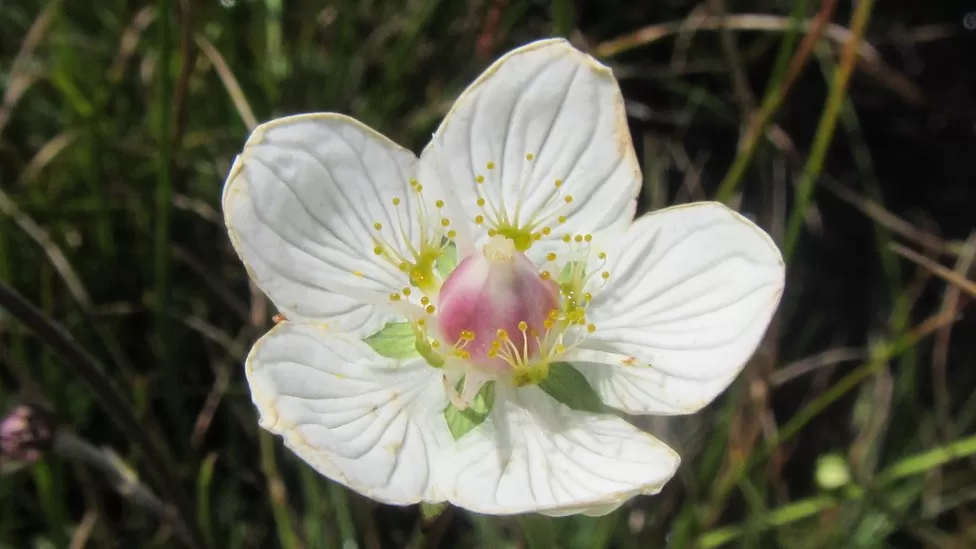Before delving into eradication methods, it’s crucial to understand the enemy. Aphids belong to the insect family Aphididae and are often found in large colonies on the undersides of leaves and stems. These small, pear-shaped insects come in various colors, including green, yellow, black, and brown. They reproduce rapidly, with females capable of giving birth to live offspring without mating, allowing populations to explode in favorable conditions.
Aphids feed on the sap of plants using their piercing mouthparts, causing damage to plant tissues and extracting vital nutrients. In addition to direct feeding damage, aphids excrete a sugary substance called honeydew, which can attract ants and promote the growth of sooty mold, further compromising plant health.
1. Inspection and Identification
The first step in combating aphids is to regularly inspect your outdoor flowers for signs of infestation. Look for clusters of aphids on the undersides of leaves, as well as curled or distorted foliage, sticky honeydew residue, and the presence of ants. Identifying aphids early allows for prompt action, preventing the infestation from spiraling out of control.
2. Manual Removal
For small aphid populations or localized infestations, manual removal can be an effective control method. Use a strong stream of water from a garden hose to dislodge aphids from the affected plants. Be sure to target the undersides of leaves where aphids tend to congregate. This method not only physically removes aphids but also washes away honeydew and ant trails, disrupting their presence on the plants.
3. Pruning Infested Parts
In cases where aphids have heavily infested certain parts of a plant, pruning may be necessary. Remove heavily infested leaves, stems, or flower buds and dispose of them in sealed plastic bags to prevent the spread of aphids to healthy parts of the plant. Pruning also helps improve air circulation and sunlight penetration, creating less favorable conditions for aphid infestations.
4. Beneficial Insects
Introducing natural predators and parasites of aphids into your garden can help control their population effectively. Ladybugs, lacewings, and parasitic wasps are all beneficial insects that feed on aphids and can be purchased from garden centers or online suppliers. Release these natural enemies into your garden, focusing on areas with aphid infestations, and allow them to work their magic in keeping aphid populations in check.
5. Homemade Remedies
Several homemade remedies can be concocted to repel or kill aphids without resorting to chemical pesticides. A simple solution of water and mild liquid soap can be sprayed onto aphid-infested plants, suffocating and dehydrating the insects. Additionally, neem oil, a natural insecticide derived from the neem tree, can be diluted and applied to plants to deter aphids and disrupt their life cycle.
6. Companion Planting
Strategically planting certain flowers and herbs alongside your outdoor blooms can help deter aphids and other pests. Marigolds, chrysanthemums, and nasturtiums are known for their ability to repel aphids with their strong scents and natural compounds. Similarly, aromatic herbs like basil, mint, and rosemary can confuse and deter aphids with their strong fragrances, making them excellent companions for susceptible plants.
7. Horticultural Oils
Horticultural oils, such as insecticidal oils and dormant oils, can be effective in controlling aphids when applied correctly. These oils work by smothering and suffocating aphids, disrupting their feeding and reproductive activities. Apply horticultural oils according to the manufacturer’s instructions, taking care to cover all plant surfaces thoroughly while avoiding spraying during periods of high temperatures or direct sunlight.
8. Sticky Traps
Sticky traps, also known as yellow sticky cards or tapes, can be used to monitor and control aphid populations in your garden. These traps are coated with a sticky substance that attracts and traps aphids when they come into contact with the surface. Place sticky traps near affected plants, positioning them at various heights to capture aphids at different stages of their life cycle.
9. Diatomaceous Earth
Diatomaceous earth, a natural sedimentary rock powder made from fossilized algae, can be sprinkled around the base of plants to deter and kill aphids. This powdery substance works by absorbing the protective wax layer on the aphids’ bodies, causing them to dehydrate and perish. Use food-grade diatomaceous earth and reapply after rainfall or irrigation for continued effectiveness.
10. Chemical Control
If aphid infestations persist despite non-chemical methods, chemical insecticides may be necessary as a last resort. Choose insecticides labeled for aphid control and follow the instructions carefully, paying attention to application rates, timing, and safety precautions. Avoid broad-spectrum insecticides that can harm beneficial insects and pollinators, opting for targeted products that minimize environmental impact.
Conclusion
Aphids can pose a significant threat to the health and beauty of your outdoor flower garden, but with proactive management strategies, you can effectively control and eliminate these pests. By combining cultural practices, natural remedies, and targeted interventions, you can restore balance to your garden ecosystem and enjoy flourishing flowers free from aphid damage. Regular monitoring and timely action are key to maintaining a vibrant and pest-free outdoor floral paradise.


